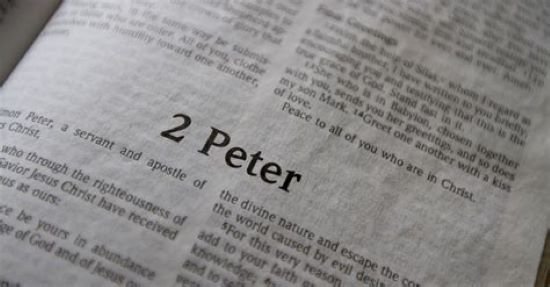Episode Synopsis:
I am not a fan of jigsaw puzzles–I don’t have the patience to put them together, and I am too easily distracted by the shapes of the various pieces. So, I lose sight of the big picture, and then I get frustrated and attempt to jam pieces into the puzzle where they don’t fit.
Many people have the same trouble with the Bible. Why do we need to see the big picture? Why can’t we just get to the signs of the end (the individual pieces)? What should we expect to happen before the Lord’s return? What about the Antichrist? What about Israel? What about the seven-year tribulation period? What about the millennium? Why not just get to the good stuff?
To read the Bible like this is to spend all of your time looking at the puzzle pieces without knowing what the picture on the box-top of the puzzle looks like. The Bible’s expectation for the future (the box top) tells us how the puzzle pieces fit together. If we skip big picture stuff, we can easily fall into the errors which so many of our contemporaries make–predictions about the end with no way to connect the signs of the end to the biblical context in which the signs make sense.
When we spend the time to look at the box top of redemptive history–we don’t see an Antichrist, Israel, or a millennial age, anywhere near the center of the picture. What do we see? Or better, who? We see Jesus Christ–the mediator of the new and better covenant–who is the central image on the box top. Since Jesus has ascended to the Father’s right hand, the big picture tells us that Jesus will return to raise the dead, judge the world, and make all things new. His return is our expectation, “the blessed hope.”
We cannot successfully discuss, nor truly understand, the signs of the end apart from being clear in our minds about the big picture. We cannot understand the Antichrist, if we do not understand the Christ. We cannot understand the role of Israel, if we attempt to discuss Israel apart from the true Israel (Jesus). We might expect an earthly millennial age if we do not see our Lord’s return as the final consummation–not some half-way step (a millennium) on the way to final consummation.
When we glimpse the picture of Jesus on the biblical box top–it is immediately apparent that he is the sum and substance of all biblical prophecy. Jesus is the center of the picture which ensures the realization of all of God’s covenant blessings for his people as well as the meting out of all the covenant curses upon those who reject his grace and mercy because they prefer to remain in their sins. All of the signs of the end point to things which occur on the last day, when the trumpet sounds, the heavens roll up like a scroll, and Jesus returns just as he promised. The signs of the end point to this glorious day when time becomes eternity.
To view the show notes and listen to the episode follow the link below
Read More










